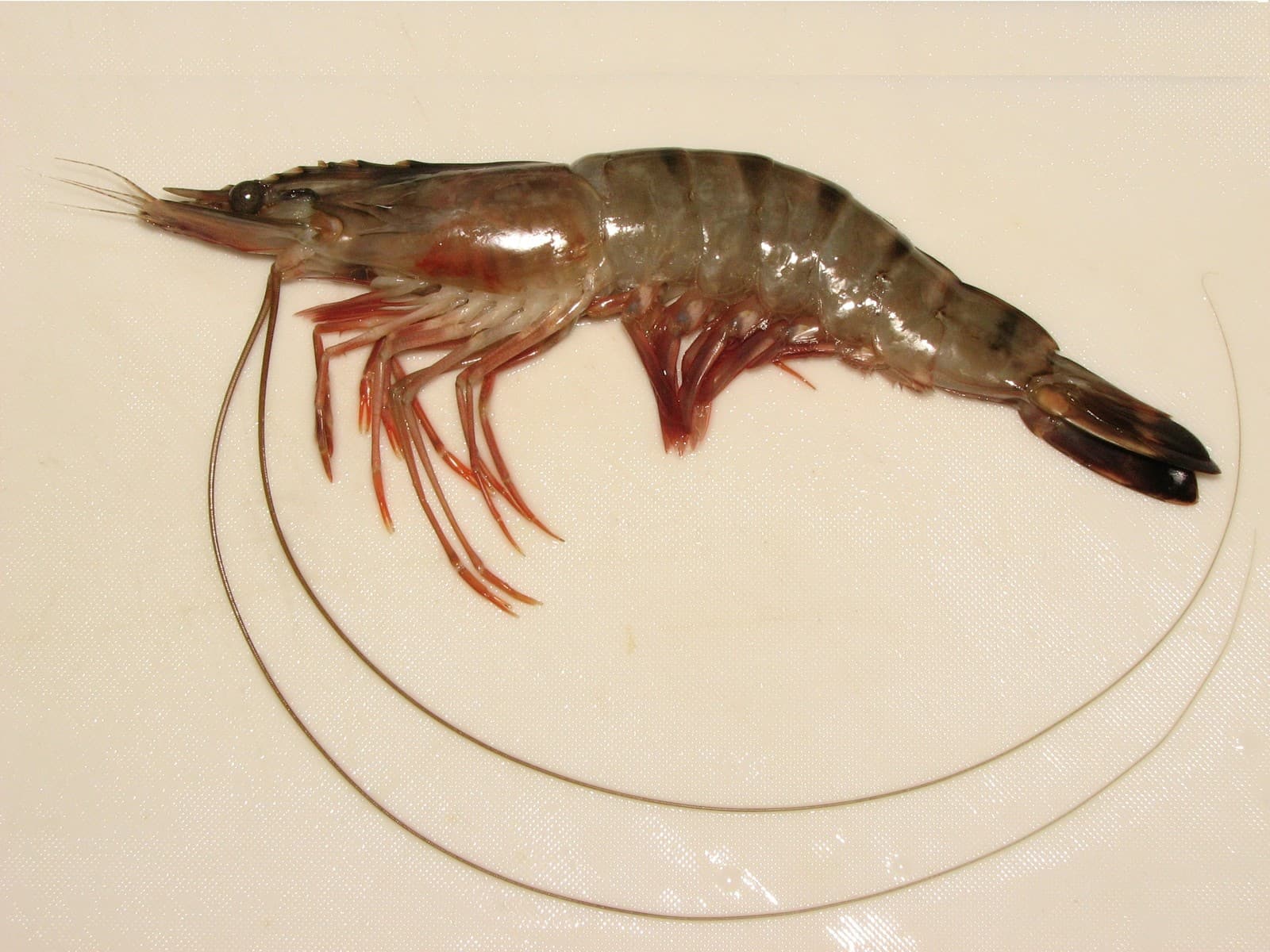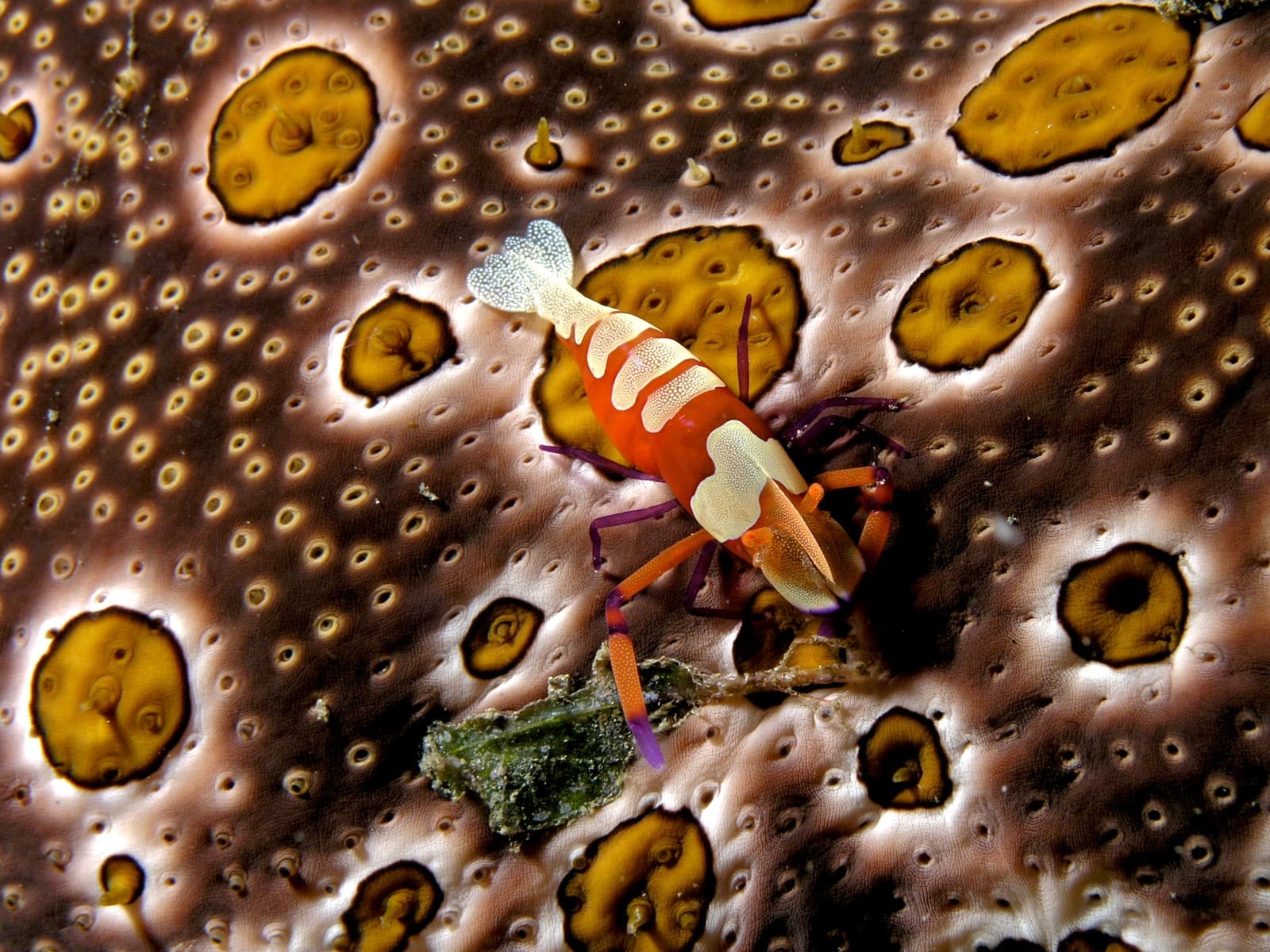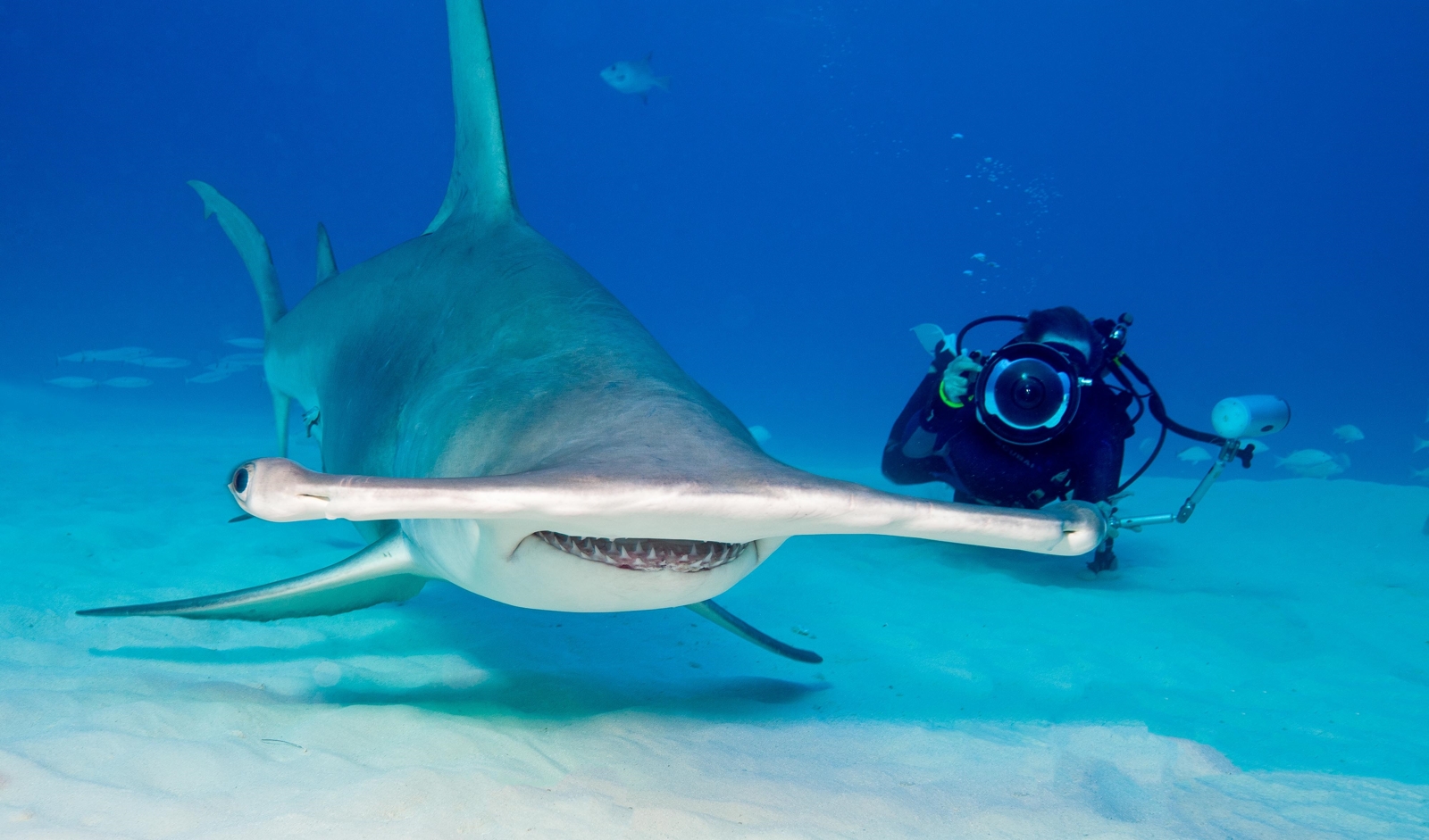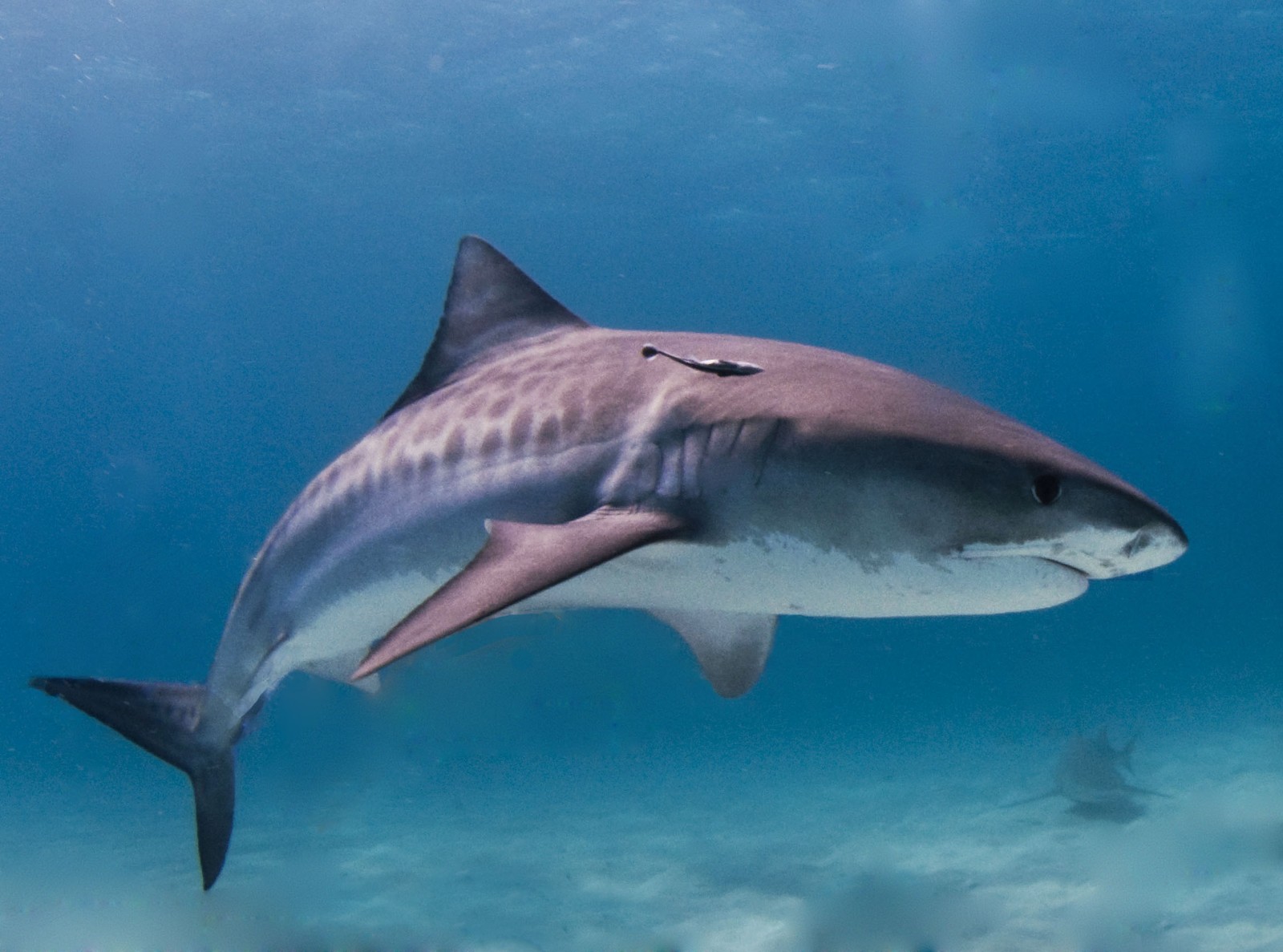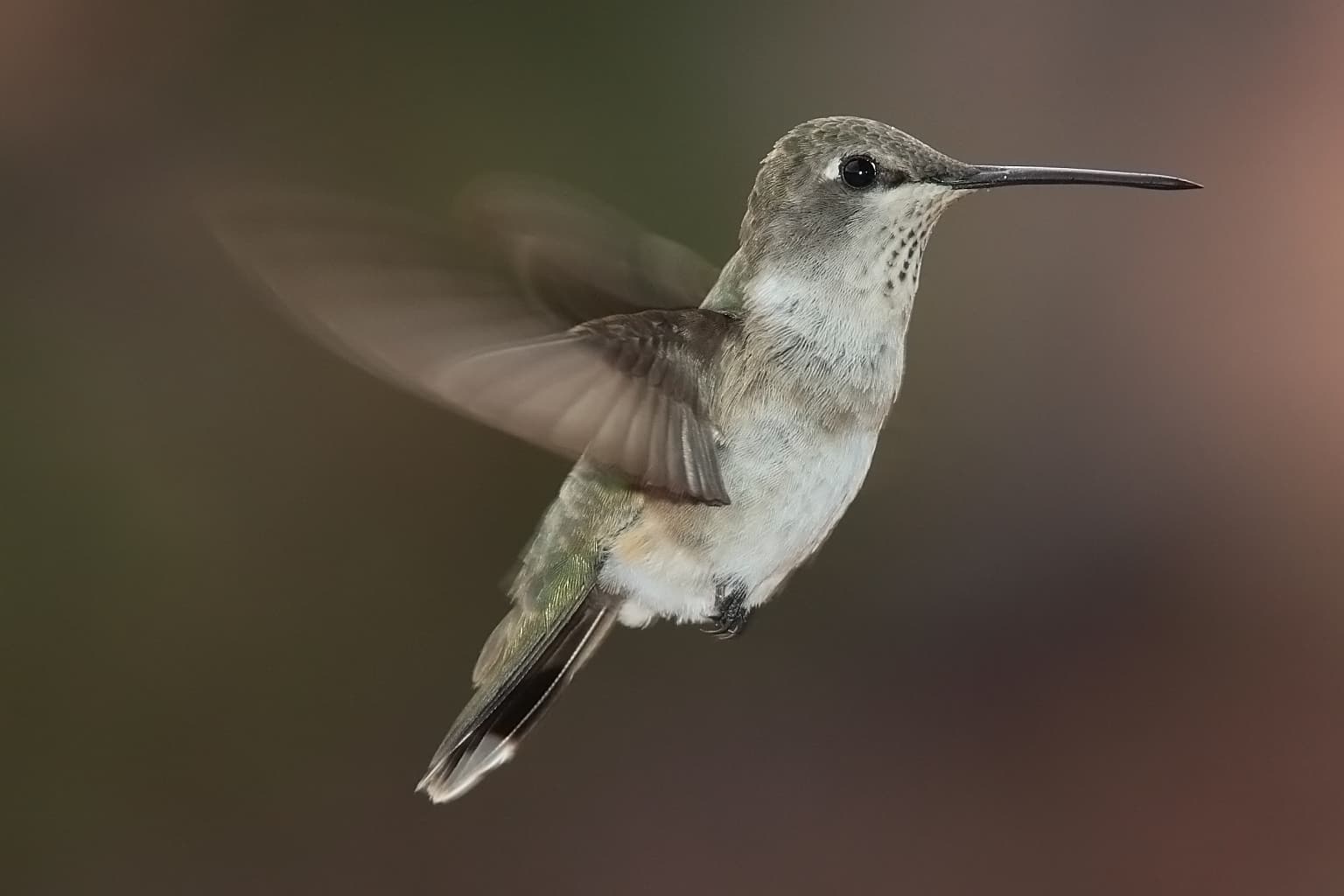Cod vs Haddock: A Complete Comparison
When comparing Cod vs Haddock, these two popular whitefish species share several similarities but display distinct differences in size, taste, and appearance. Atlantic Cod (Gadus morhua) typically grows larger, reaching lengths of 51 inches (130 cm) and weights up to 77 pounds (35 kg), while Haddock (Melanogrammus aeglefinus) usually maxes out at 37 inches (94 cm) and 37 pounds (17 kg).
The most noticeable difference between Cod and Haddock lies in their markings: Cod features a distinctive spotted pattern and lighter coloration, while Haddock displays a prominent black “thumbprint” above its pectoral fin and a darker lateral line. These characteristics make them easily distinguishable to both fishermen and marine biologists.
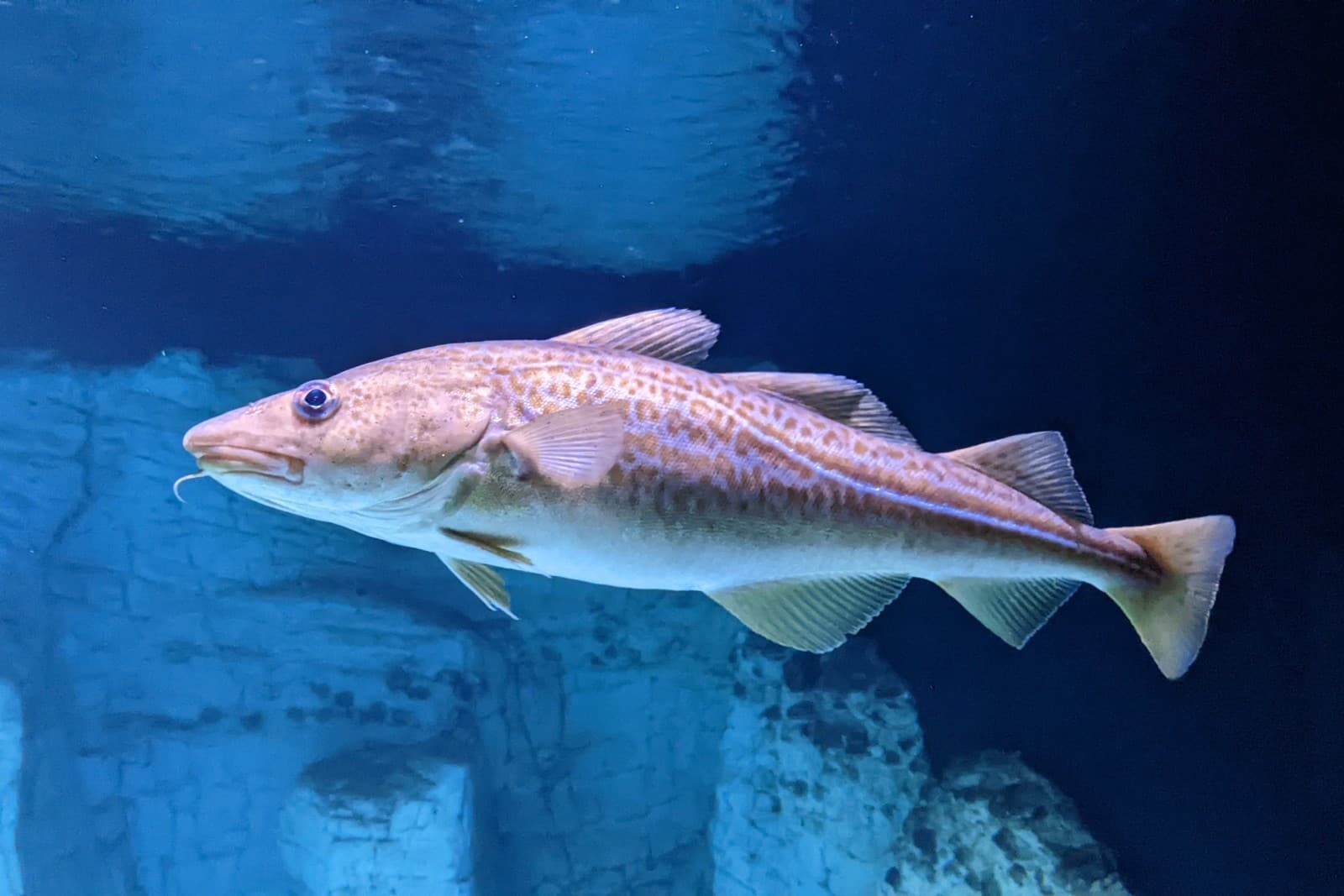
© Wilhelm Thomas Fiege / CC BY-SA 4.0
The Atlantic Cod showcases its characteristic speckled pattern and robust body structure, features that distinguish it from its cousin, the Haddock. Note the pale lateral line and muscular build typical of this species.
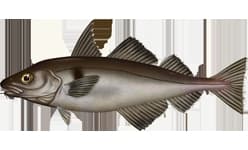
The Haddock’s distinctive black shoulder patch and darker lateral line are clearly visible in this image, setting it apart from Cod. These marking patterns serve as key identification features for this species.
Key Differences Between Cod and Haddock
| Feature | Cod | Haddock |
|---|---|---|
| Maximum Size | 51 inches (130 cm) | 37 inches (94 cm) |
| Weight | Up to 77 lbs (35 kg) | Up to 37 lbs (17 kg) |
| Distinctive Markings | Spotted pattern, light lateral line | Black shoulder patch, dark lateral line |
| Flavor Profile | Mild, slightly sweet | Stronger, more flavorful |
| Preferred Habitat | 500-600 ft (150-180 m) depth | 150-450 ft (45-135 m) depth |
| Texture When Cooked | Firm, flaky with large flakes | Firmer, flaky with smaller flakes |
Habitat and Distribution
Cod and Haddock both inhabit the cold waters of the North Atlantic, but their preferred depths differ significantly. Atlantic Cod typically dwells in deeper waters, ranging from 500-600 feet (150-180 meters), while Haddock prefers slightly shallower zones between 150-450 feet (45-135 meters). This habitat preference influences their feeding patterns and commercial fishing methods.
Taste and Culinary Applications
The taste difference between Cod and Haddock is notable to culinary experts. Cod offers a milder, slightly sweet flavor with large, tender flakes when cooked. Haddock, meanwhile, presents a more robust flavor profile with firmer, smaller flakes. These characteristics make Cod ideal for simple preparations, while Haddock stands up well to stronger flavors and smoking.
Conservation Status and Fishing
Both species have faced significant pressure from commercial fishing, but their populations show different recovery patterns. Atlantic Cod stocks remain under strict management following severe depletion in the late 20th century. Haddock populations have demonstrated greater resilience, though sustainable fishing practices remain crucial for both species.
Identification Tips for Anglers
When distinguishing between Cod and Haddock, focus on these key features:
- Lateral Line: Cod’s is lighter and spotted; Haddock’s is dark and prominent
- Body Color: Cod is typically brownish with spots; Haddock is darker with a distinctive black shoulder patch
- Head Shape: Cod has a larger head with a more pronounced chin barbel
- Size: Cod generally grows larger than Haddock in similar habitats
Nutritional Comparison
Both fish offer excellent nutritional benefits, but with subtle differences:
- Protein Content: Cod provides 18g/100g; Haddock offers 20g/100g
- Caloric Content: Both are lean, with approximately 80-90 calories per 100g serving
- Omega-3 Fatty Acids: Haddock contains slightly higher levels
- Vitamin Content: Both are rich in B vitamins, particularly B12 and B6
Understanding these differences between Cod and Haddock helps both consumers and fishery managers make informed decisions about these important commercial species. While they share many characteristics as members of the same family, their unique traits make each valuable in its own right to marine ecosystems and human consumption.
